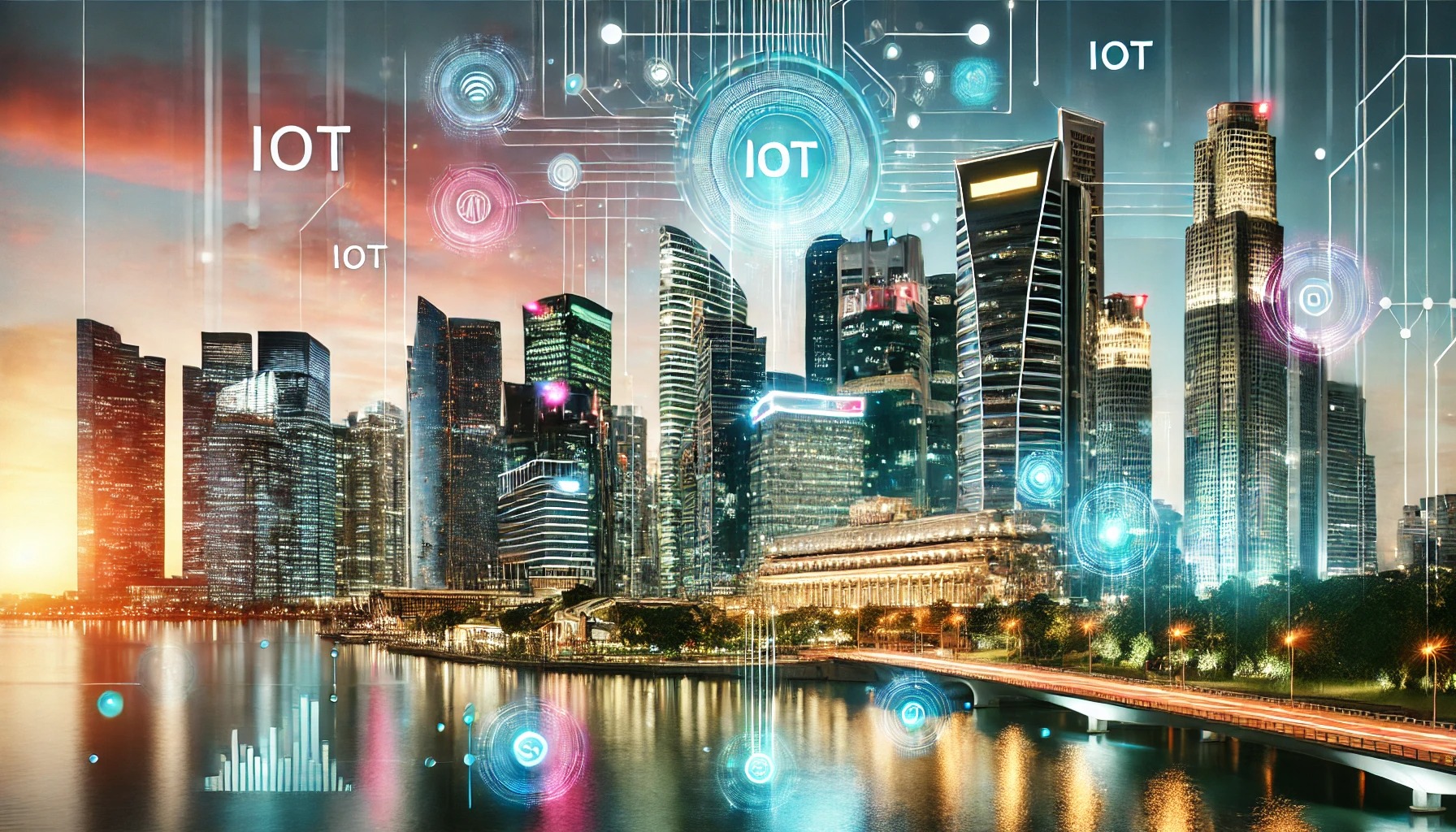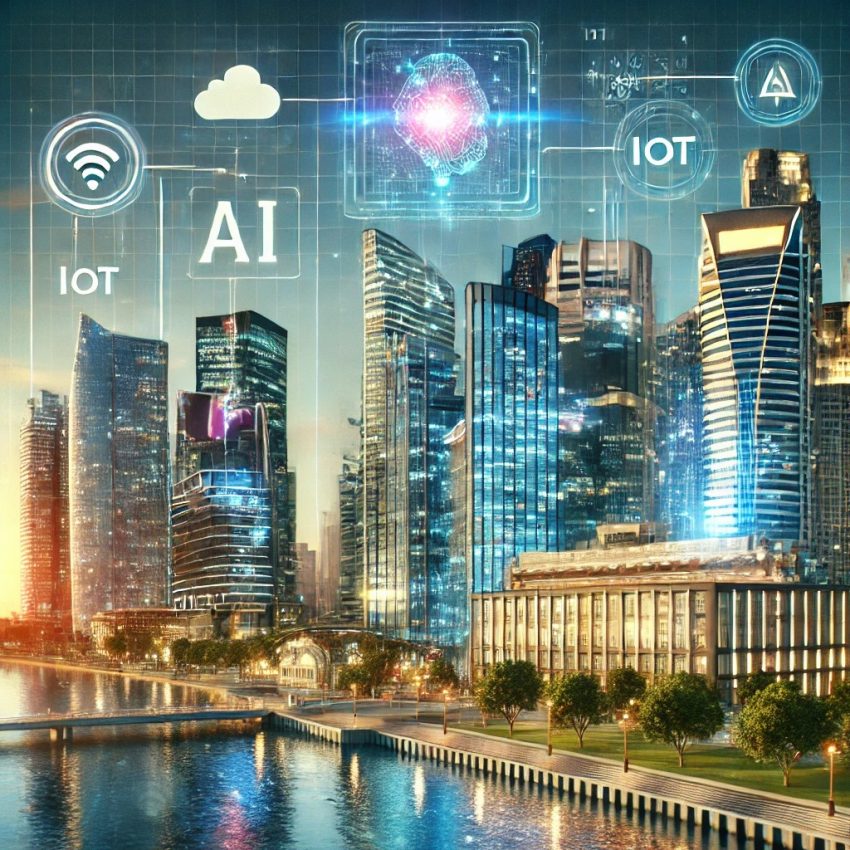 The construction industry is evolving rapidly, with new technologies bringing efficiency, sustainability, and safety to modern building practices. Among these innovations, Artificial Intelligence (AI) and the Internet of Things (IoT) are making a significant impact on the construction glass industry. By enhancing design, manufacturing, and monitoring processes, these technologies are transforming how glass is used in buildings and infrastructure projects.
The construction industry is evolving rapidly, with new technologies bringing efficiency, sustainability, and safety to modern building practices. Among these innovations, Artificial Intelligence (AI) and the Internet of Things (IoT) are making a significant impact on the construction glass industry. By enhancing design, manufacturing, and monitoring processes, these technologies are transforming how glass is used in buildings and infrastructure projects.
The Construction Glass Market was valued at USD 112.0 billion in 2024 and is projected to reach USD 144.3 billion by 2029, growing at 5.2% cag from 2024 to 2029.
AI in the Construction Glass Industry
1. Smarter Design and Simulation
Advanced digital tools now help architects and engineers develop better glass structures. These tools like AI analyze past projects and materials to create energy-efficient, durable, and visually appealing designs. Instead of relying solely on traditional methods, builders can now optimize glass selection for better insulation, strength, and light control.
2. Automated Manufacturing and Quality Control
Modern glass production has become more precise and efficient, thanks to automation. Smart systems help manufacturers detect defects early, ensuring only the highest-quality glass reaches the market. This reduces waste and enhances overall product durability, benefiting both the environment and the economy.
3. Maintenance and Supply Chain Optimization
Predictive maintenance is changing how manufacturers handle equipment upkeep. Instead of waiting for breakdowns, they can anticipate potential issues and fix them before they disrupt production. Additionally, smarter logistics help forecast demand, raw material supply, and delivery times, leading to more cost-effective operations.
IoT in the Construction Glass Industry
1. Smart Glass Technology
Glass is no longer just a passive building material. Smart glass solutions can adjust their transparency, tint, and heat absorption based on external conditions. This means buildings can stay cooler in the summer and warmer in the winter, leading to lower energy bills and a more comfortable indoor environment.
2. Real-Time Monitoring for Better Performance
Embedded sensors in construction glass now provide continuous updates on temperature, humidity, and structural integrity. Facility managers can use this real-time data to make informed decisions, improving building efficiency and reducing maintenance costs.
3. Enhanced Safety and Security
Glass is an essential element in building security. Smart glass can be designed to respond to impact, detect unauthorized access, or even trigger alarms when broken. This added layer of security makes it an attractive option for both commercial and residential buildings.
Key Benefits of AI and IoT in Construction Glass
- Energy Savings: Smart glass and optimized designs help buildings use less energy.
- Lower Costs: Automation and predictive maintenance reduce operational expenses.
- Eco-Friendly Solutions: Sustainable glass production and energy-efficient features support greener construction.
- Better Safety: Smart monitoring systems help detect faults before they become serious issues.
- Improved User Experience: Intelligent glass technology allows for better control over light and temperature inside buildings.
Future of Construction Glass
As new technologies continue to develop, the construction glass industry will see even more improvements. Smarter, more sustainable solutions will become the standard, making buildings more energy-efficient, secure, and adaptable. With continued research and innovation, the future of construction glass looks promising.
To know more download PDF brochure :
AI and IoT are making a real difference in how glass is used in construction. These advancements are not just about technology—they are about creating better buildings, improving sustainability, and enhancing everyday living. As industries continue to embrace these changes, the construction glass market is set to become more innovative than ever before.

